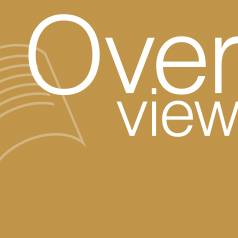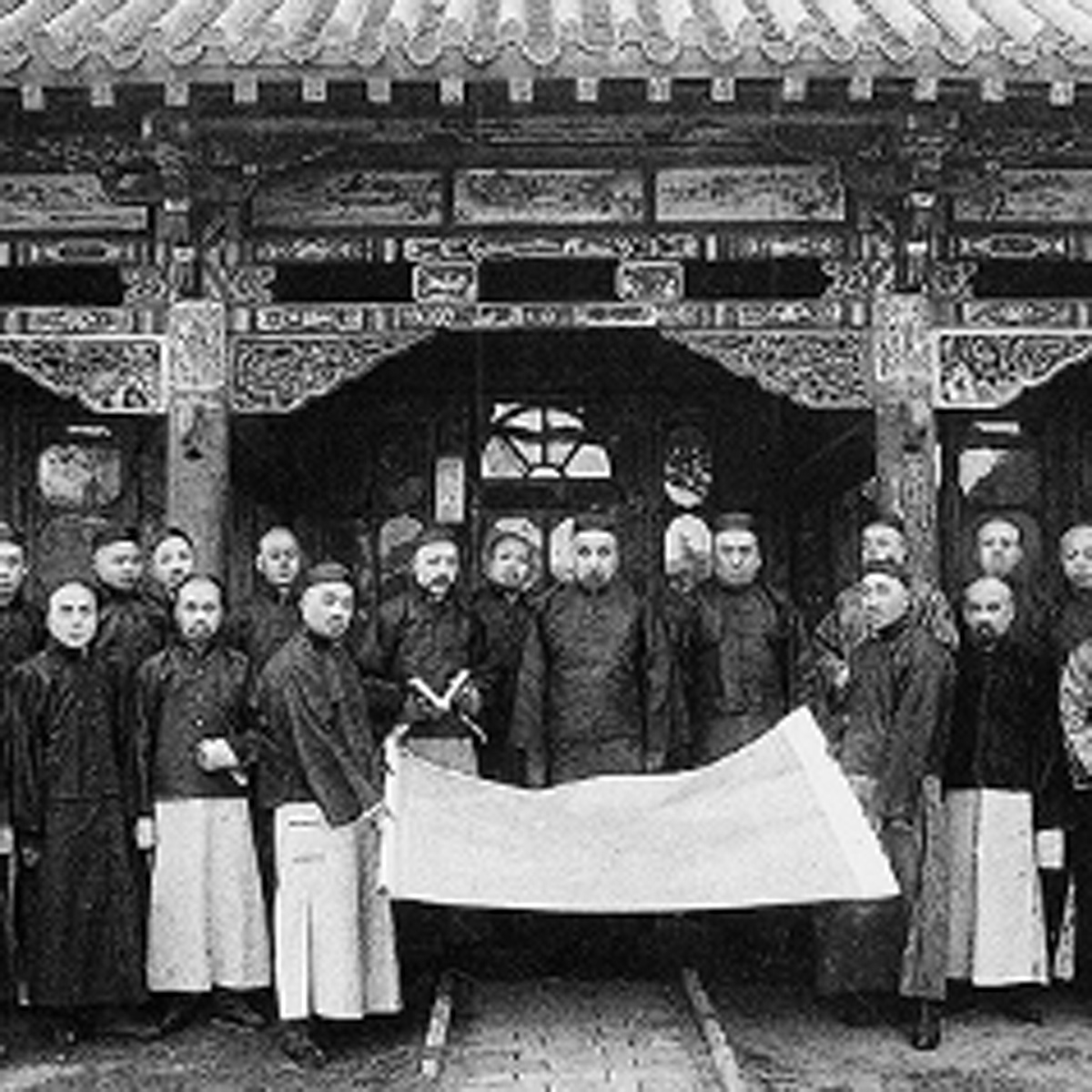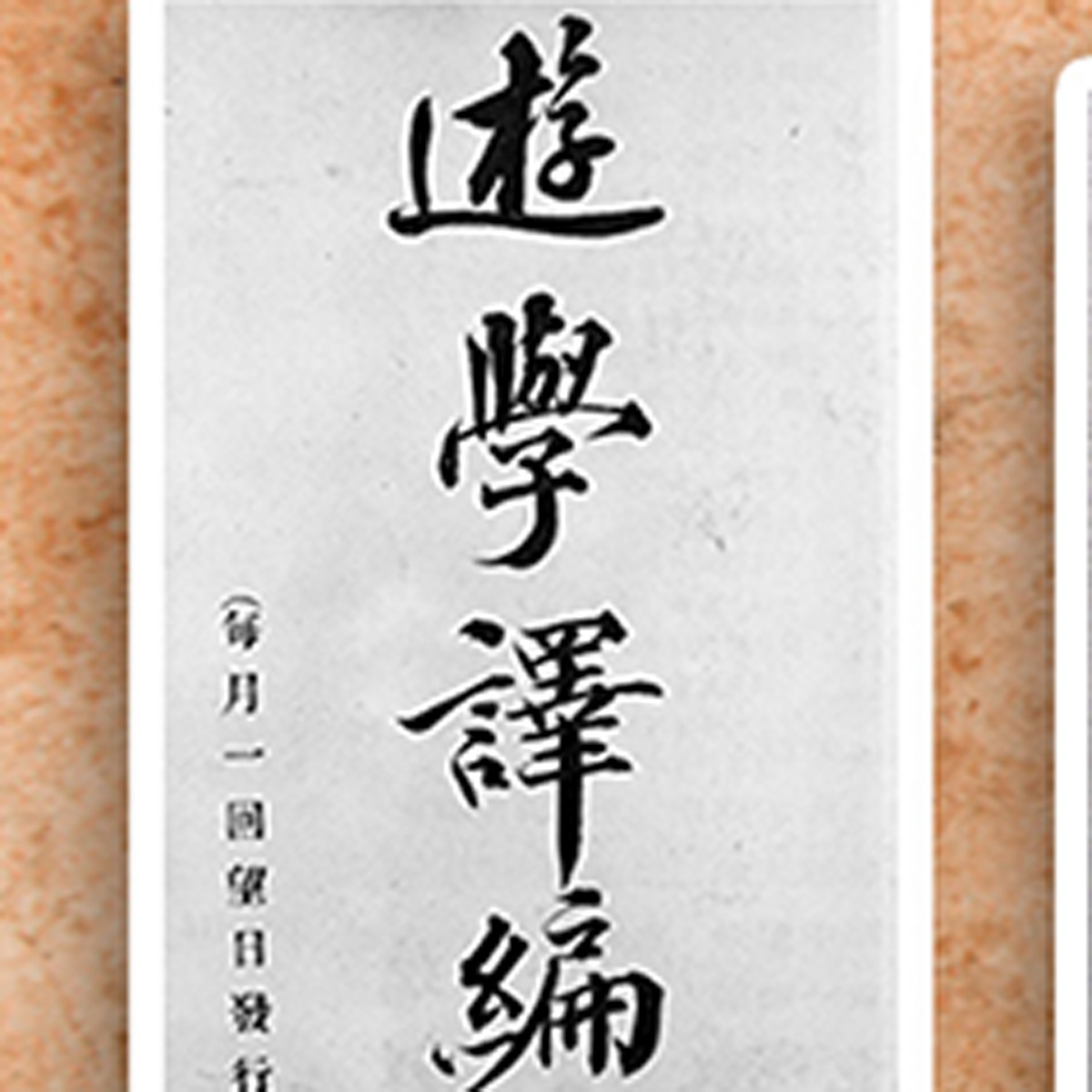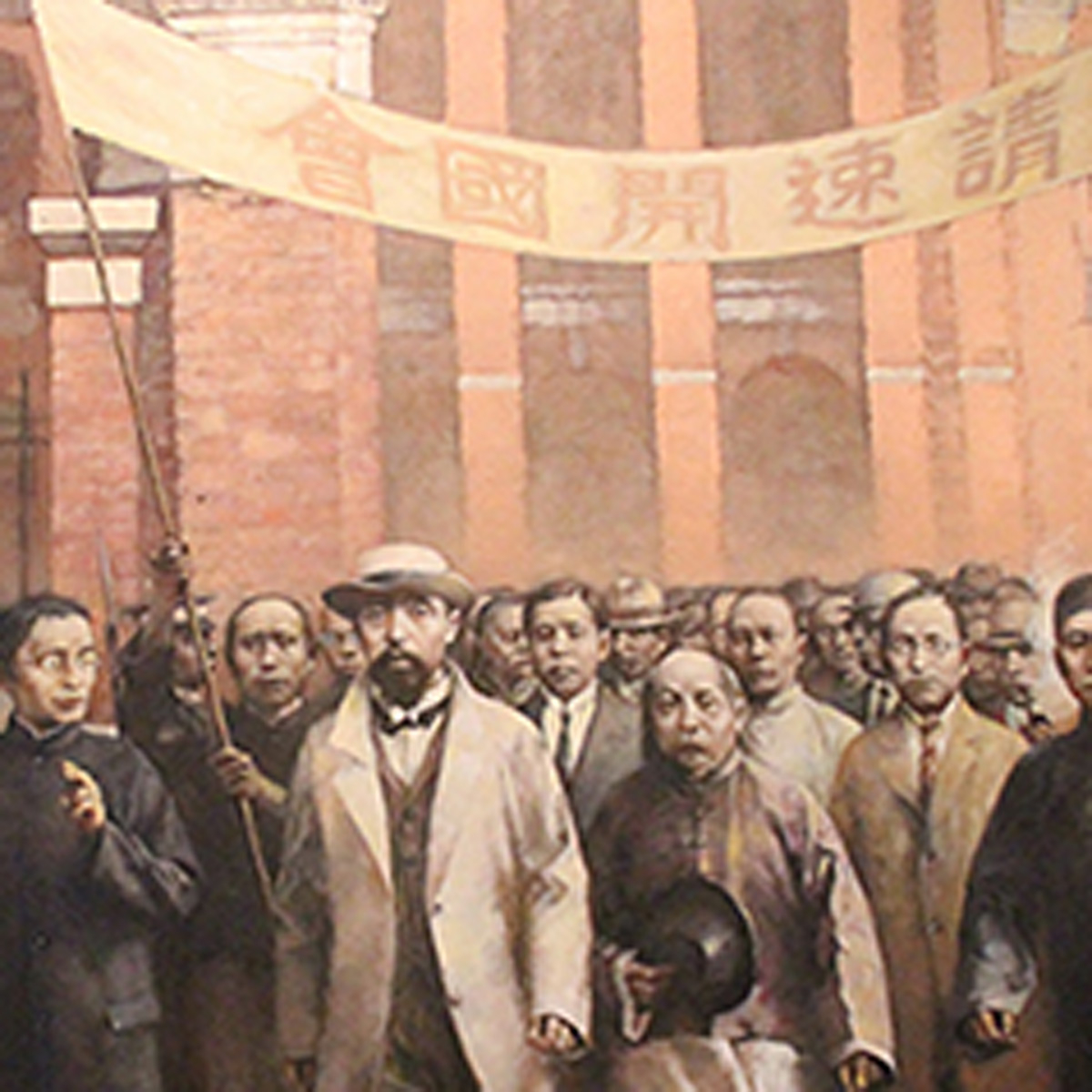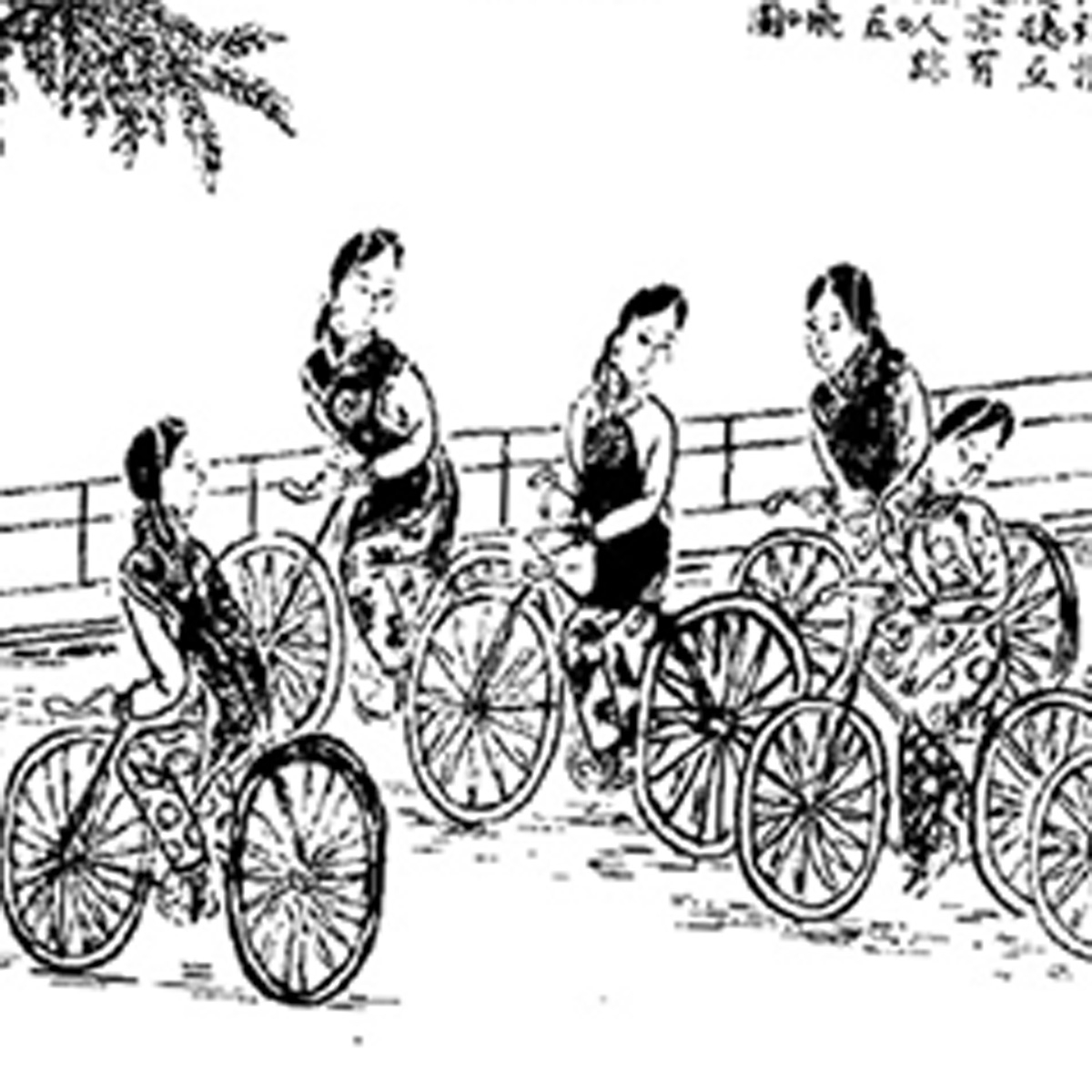
Late Qing Reform (1901-1911)
The Late Qing Reform: an Overview
The Qing government promulgated the 1901 Late Qing Reform covering a series of political, economic, military, cultural, and educational measures to save itself. Key reforms included abolishing the imperial examination system, establishing new-style schools, replacing the Six Boards with new ministries, forming modern armies and navies, laying the groundwork for establishing a constitutional monarchy, and promoting industrial and commercial development. To some extent these measures helped modernise China.
The Late Qing Reform: an Overview
The Qing government promulgated the 1901 Late Qing Reform covering a series of political, economic, military, cultural, and educational measures to save itself. Key reforms included abolishing the imperial examination system, establishing new-style schools, replacing the Six Boards with new ministries, forming modern armies and navies, laying the groundwork for establishing a constitutional monarchy, and promoting industrial and commercial development. To some extent these measures helped modernise China.
(1) Qing China Acknowledged its Failings and Embraced Holistic Reform
The Boxer Rebellion and the invasion of the Eight-Nation Alliance struck China. Given the national and international situation, the waning Qing regime realised holistic reform was inevitable. This led to the initiation of Qing China’s third reform movement.
(2) Out with Imperial Examinations, In with New Schools
The Late Qing Reform made sweeping changes to China’s education system: the 1,300-year-old imperial examination system was abolished and new-style schools were built.
(3) Studying in Japan Gained Popularity as the Study Abroad Trend Gained Momentum
Japan’s successful Meiji Restoration made the country an inspiring model for China, given the latter’s failure to make much out of the Self-strengthening Movement and its vulnerability to foreign aggressions. Studying in Japan became a trend in the late Qing dynasty.
(4) Strengthening the Military and Building New Armies
Developing the national defence was accorded high priority under the Late Qing Reform. Besides establishing a new Ministry of the Army and a Ministry of the Navy, the reform movement also spared no effort in forming and expanding its new armies and reorganising its navies.
(5) Transitioning to a Constitutional Monarchy via Political Reform
Political reform was the crux of the Late Qing Reform. To this end, the Qing government sent five prominent officials abroad to study constitutional governance in other countries. It also issued the Outline of the Imperial Constitution and formed its first Cabinet.
(6) Late Qing Society and Culture
Late Qing China was in transition from a traditional to a modern society and from self-seclusion to opening itself to the world. Although its people still steeped in feudal and autocratic traditions, they also became increasingly exposed to foreign cultures.



